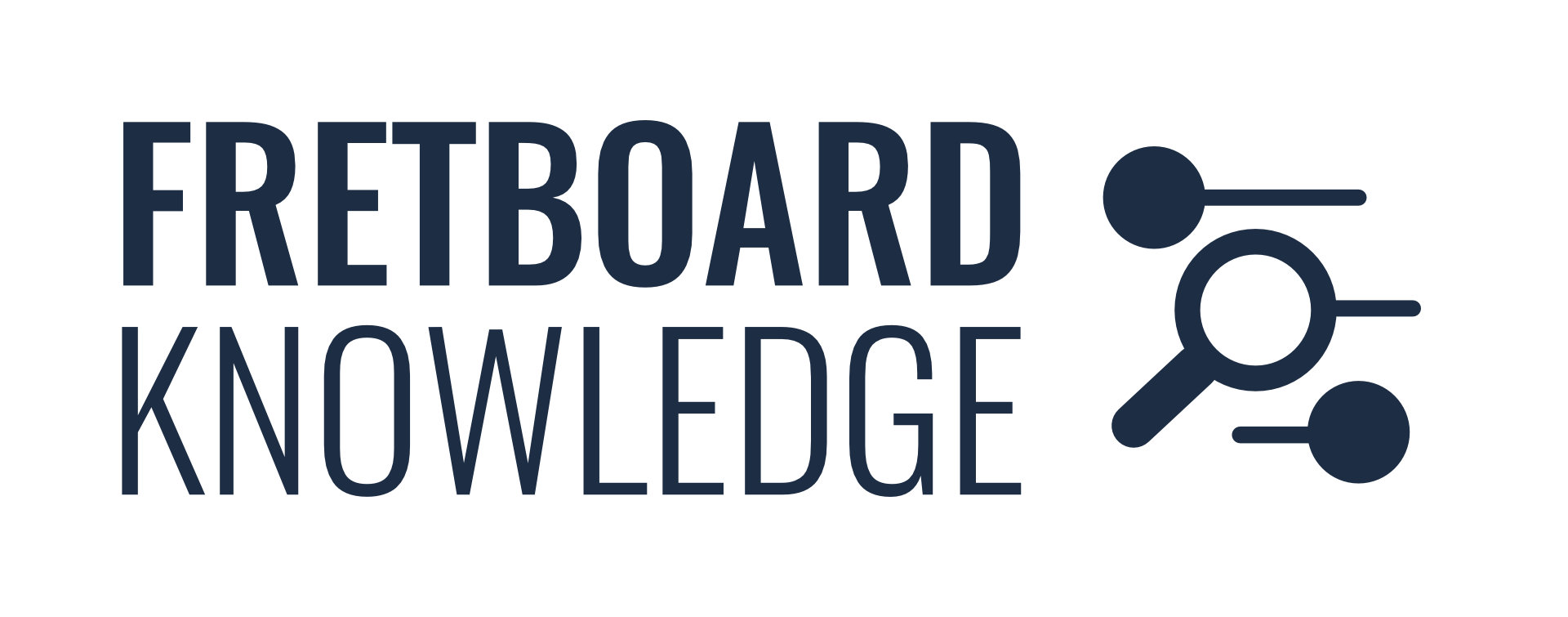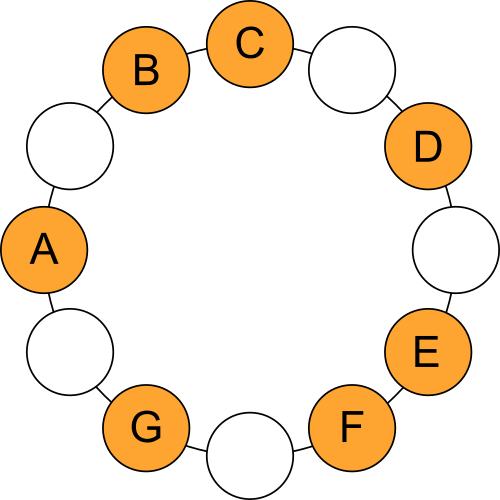In this post, we'll deal with how to IMPROVISE using the C major scale, as soon as you start learning it.
Step 1: Memorize fingerings
Learn fingerings/patterns for major scale
Step 1a: Per String
For beginners in particular, but for advancing players also, it is actually a great idea to practice the scale "per string" at first and jam on backing tracks by playing the scale up and down and progressing to developing melodies on a single string.
Step 1b: CAGED
To get a 'panoramic view' of the entire guitar fretboard, learn the CAGED Patterns first. Don't hesitate to start jamming on backing tracks right away.
Step 1c: 3NPS
The next step would be to learn the 3-notes-per-string fingerings for the C major scale. Again, practice with and start jamming on backing tracks right away.
Step 2: Jam on Backing Tracks
Jam on matching static backing tracks for each of the modes/chords of the scale. Take a lot of time for this and get a 'feel' for how the scale sounds on each of the chords.
Next, check out my page about the C major scale and it's modes; in particular, look at the scale circles for each of the notes and compare those to see how the intervallic structure differs between modes, while the scale itself and all the fingerings remain the same!
Step 2a: C Ionian
Study the intervallic structure of the ionian mode. Jam on Cmaj7 backing tracks and LISTEN to how each note sounds on that chord. Pay particular attention to the natural 4th interval, which is the (potentially ugly but can be beautiful) defining factor of this mode.
Step 2b: D Dorian
Study the intervallic structure of the dorian mode. Jam on Dm7 backing tracks and LISTEN to how each note sounds on that chord. Pay particular attention to the natural 6th interval, which is the defining factor of this mode.
Step 2c: G Mixolydian
Study the intervallic structure of the mixolydian mode. Jam on G7 backing tracks and LISTEN to how each note sounds on that chord. Pay particular attention to the b7 interval, which is the defining factor of this mode.
Step 2d: A Aeolian
Study the intervallic structure of the aeolian mode. Jam on Am7 backing tracks and LISTEN to how each note sounds on that chord. Pay particular attention to the b6 interval, which is the defining factor of this mode.
Step 2e: F Lydian
Study the intervallic structure of the lydian mode. Jam on Fmaj7 backing tracks and LISTEN to how each note sounds on that chord. Pay particular attention to the #4 interval, which is the defining factor of this mode.
Step 2f: E Phrygian
Study the intervallic structure of the phrygian mode. Jam on Em7 AND E7(!!) backing tracks and LISTEN to how each note sounds on that chord. Pay particular attention to the b2 interval, which is the defining factor of this mode.
Step 2g: B Locrian
Study the intervallic structure of the locrian mode. Jam on Bm7b5 backing tracks and LISTEN to how each note sounds on that chord. Pay particular attention to the b5 interval, which is the defining factor of this mode.
The key is to SEE and HEAR each intervallic function in combination with the actual chord.
It would benefit you greatly to be able to correlate the scale intervals to triadic or seventh chord arpeggio of each particular chord. This is a topic for another post. Meanwhile, you can contact me for a private lesson on this subject.

